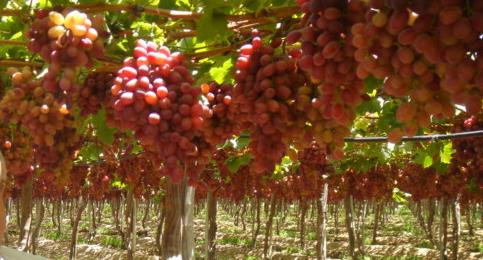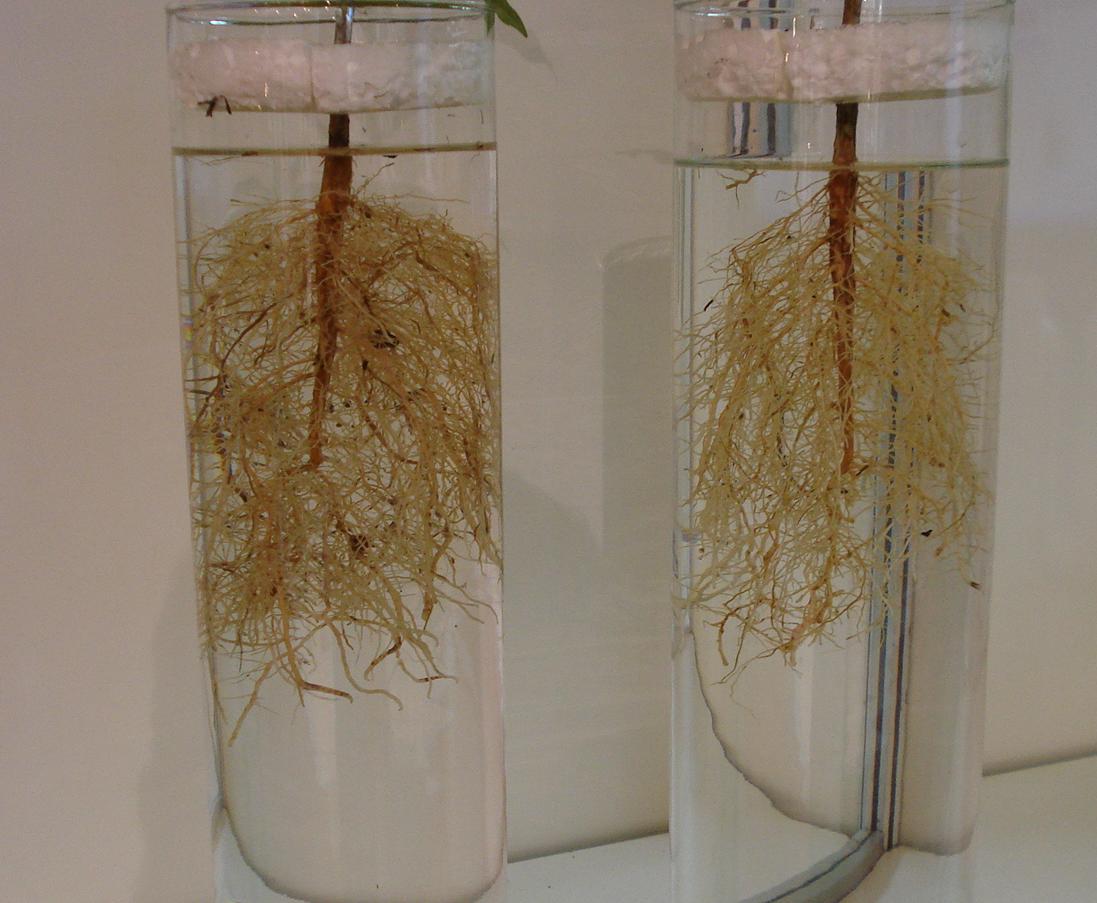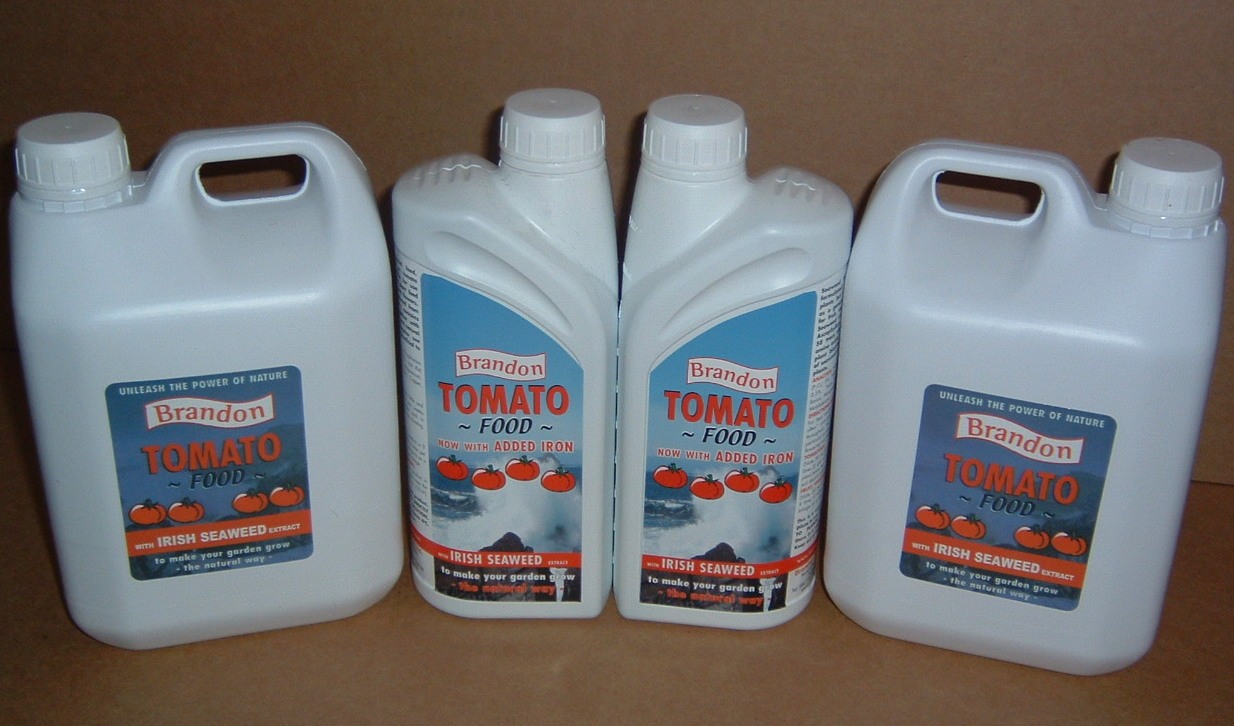Liquid Seaweed Extracts
 Liquid extracts of marine brown algae are marketed for use in agriculture and horticulture (for some early information see Booth 1969; download pdf here). Many of these extracts are prepared from dried Ascophyllum nodosum meal (e.g. "Maxicrop", manufactured in the United Kingdom and a range of products tailor made for particular crops from Brandon Products), or from dried total drift, often referred to as "blackweed", but some utilise other species, such as Fucus serratus and Laminaria species (e.g. "SM3"; United Kingdom). One product currently being marketed is prepared from the stipes of Ecklonia maxima from South Africa (Kelpak). Other products prepared from seaweed include Algea, from a Norwegian company, "Seagro", manufactured in New Zealand; and "Seasol", an extract manufactured from Bull Kelp (Durvillaea) by a company in Tasmania, although some of these may have ceased trading. These are prepared from either cold- or hot-water extracts of either the dried or wet seaweed, sometimes with the addition of sodium carbonate to aid extraction.
Liquid extracts of marine brown algae are marketed for use in agriculture and horticulture (for some early information see Booth 1969; download pdf here). Many of these extracts are prepared from dried Ascophyllum nodosum meal (e.g. "Maxicrop", manufactured in the United Kingdom and a range of products tailor made for particular crops from Brandon Products), or from dried total drift, often referred to as "blackweed", but some utilise other species, such as Fucus serratus and Laminaria species (e.g. "SM3"; United Kingdom). One product currently being marketed is prepared from the stipes of Ecklonia maxima from South Africa (Kelpak). Other products prepared from seaweed include Algea, from a Norwegian company, "Seagro", manufactured in New Zealand; and "Seasol", an extract manufactured from Bull Kelp (Durvillaea) by a company in Tasmania, although some of these may have ceased trading. These are prepared from either cold- or hot-water extracts of either the dried or wet seaweed, sometimes with the addition of sodium carbonate to aid extraction.
"Maxicrop" is primarily used for gardens and glasshouse crops and is exported to a wide range of countries (Chapman & Chapman, 1980). It has been used on citrus fruits in Guyana, on citrus and grapes in Greece, on orchids in Belgium, on garden crops in Thailand, and on glasshouse crops in Iceland. "Seagro" in New Zealand is largely used on pastures but it is also used on orchard crops.
A wide range of beneficial effects have been reported from the use of liquid seaweed extracts (Blunden 1977), including increased crop yields, resistance of plants to frost, increased uptake of inorganic constituents from the soil, more resistance to stress conditions, and reductions in storage losses of fruit.
Liquid seaweed extracts are used at very high dilution rates which results in only very small quantities of material being applied to a given area. The active substances in the seaweed extracts must therefore be capable of having an effect at a low concentration. Trace elements have been suggested as likely active constituents, but Blunden (1977) and Blunden & Gordon (1986) have concluded that the quantity of substances applied forms an insignificant proportion of the total requirements of the crops. The presence of plant hormones (substances naturally found in small quantities in plant tissues and involved in, amongst other things, the regulation of growth) has been suggested as being responsible for, at least some of the observed effects; it has been demonstrated that commercially-available seaweed extracts have high levels of cytokinin-like activity.
 Close correlations between results achieved in field trials with the use of a synthetic cytokinin, kinetin, and seaweed extracts of equivalent cytokinin activities were found both on the yield of potatoes and in the crude protein of grasses. Similar results were obtained with the reduction in the rate of "degreening" of limes after post-harvest immersion of the fruit in seaweed extracts and kinetin solutions of equivalent cytokinin activity. Further circumstantial evidence supporting the possible involvement of cytokinins in seaweed extracts was the recent detection of cytokinin-like activity in a commercial seaweed concentrate prepared from Ecklonia maxima (Laminariales).
Close correlations between results achieved in field trials with the use of a synthetic cytokinin, kinetin, and seaweed extracts of equivalent cytokinin activities were found both on the yield of potatoes and in the crude protein of grasses. Similar results were obtained with the reduction in the rate of "degreening" of limes after post-harvest immersion of the fruit in seaweed extracts and kinetin solutions of equivalent cytokinin activity. Further circumstantial evidence supporting the possible involvement of cytokinins in seaweed extracts was the recent detection of cytokinin-like activity in a commercial seaweed concentrate prepared from Ecklonia maxima (Laminariales).
Studies of seaweed extracts have shown that although in some bioassay systems, for example the radish leaf expansion bioassay, high levels of cytokinin activity are recorded, in others, for example the Amaranthus seedling assay, low levels are found. These discrepancies are thought (Blunden & Gordon 1986) to be due to the extracts containing, in addition to true cytokinins, other compounds which behave like them in certain respects. Blunden & Gordon were further of the opinion that these substances may represent betaines - quaternary ammonium compounds which are derivatives of either amino or imino acids containing a fully methylated pentavalent nitrogen moiety. Glycine betaine, one of the structurally simple betaines, was first extracted from sugar beet and was found to have chlorophyll-retention properties. In growth tests it was found to have an activity similar to that of cytokinins in several other growth tests and so it was considered that some of the cytokinin-like activity in sugar beet extracts was due to glycine betaine. It has been shown also to be a major osmoticum (controlling water movement in and out of plant cells) in certain higher plant families adapted to either salt or water stress and it has been suggested that other betaines and tertiary sulphonium compounds have a similar function in other species. Also it has been claimed that glycine betaine has a rôle in frost resistance.
 Betaines have been recorded for most of the species of marine algae used in the manufacture of seaweed extracts. Ascophyllum nodosum yields c-aminobutyric acid betaine, d-aminovaleric acid betaine and laminine whilst Laminaria species have a range of betaines including glycine betaine. Commercial seaweed extracts have been examined for their betaine content and the compounds detected were those reported for the algal species used in the manufacture of the extracts. Because of the reported effects from the application of commercial seaweed extracts and the known properties of compounds such as glycine betaine, the circumstantial evidence for at least part of the activity of the seaweed extracts being due to compounds of this type is strong (Blunden & Gordon 1986). Moreover, some of the discrepancies in the results obtained for the cytokinin contents when the extracts are bioassayed using different procedures may be explained by the presence of betaines in the extracts.
Betaines have been recorded for most of the species of marine algae used in the manufacture of seaweed extracts. Ascophyllum nodosum yields c-aminobutyric acid betaine, d-aminovaleric acid betaine and laminine whilst Laminaria species have a range of betaines including glycine betaine. Commercial seaweed extracts have been examined for their betaine content and the compounds detected were those reported for the algal species used in the manufacture of the extracts. Because of the reported effects from the application of commercial seaweed extracts and the known properties of compounds such as glycine betaine, the circumstantial evidence for at least part of the activity of the seaweed extracts being due to compounds of this type is strong (Blunden & Gordon 1986). Moreover, some of the discrepancies in the results obtained for the cytokinin contents when the extracts are bioassayed using different procedures may be explained by the presence of betaines in the extracts.
Manufacturers of liquid seaweed extracts in Ireland
Photographs courtesy of Paul Mullins, Brandon Science Ltd, Centrepoint, Tralee, Co. Kerry, Ireland. Phone: +353 66 7181160





